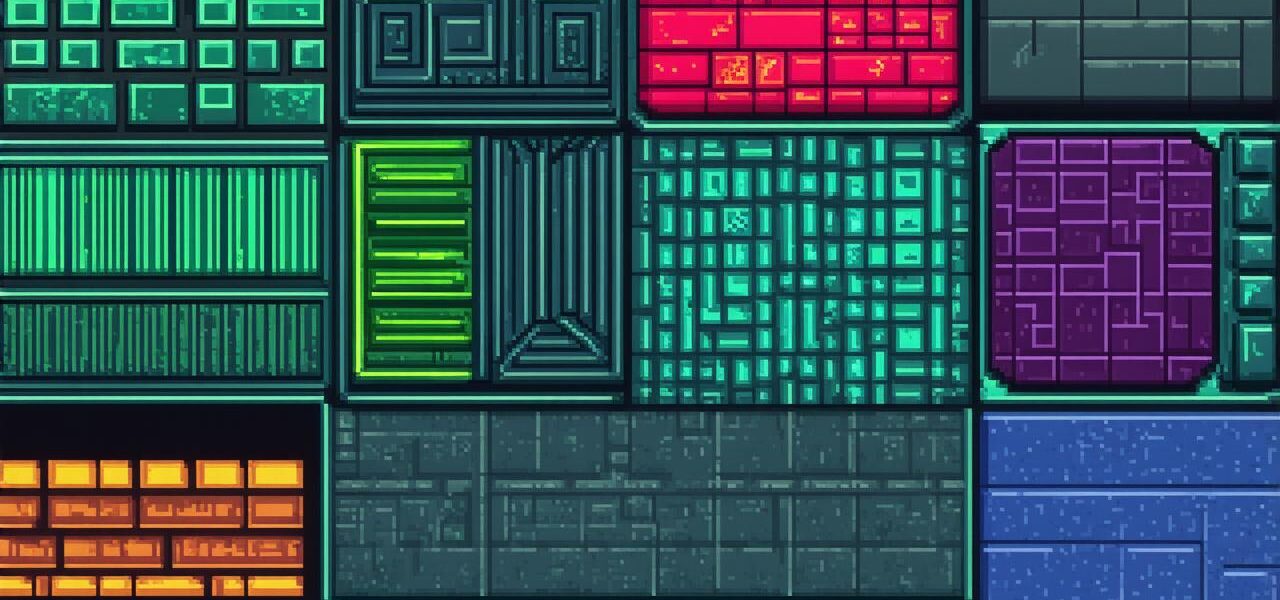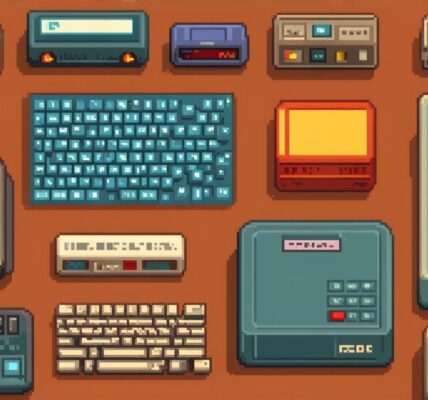As a game developer, you’ve probably dreamed of creating your own gaming empire. But with the right tools and knowledge, that dream can become a reality. In this guide, we’ll walk you through the process of creating a game similar to Game Dev Tycoon, helping you to build a successful and profitable business in the world of video games.
1. Define Your Idea
The first step in creating any game is to define your idea. What kind of game do you want to create? What genre interests you? Do you want to focus on storytelling, action, or puzzle-solving? These are all important questions that will help you to refine your idea and ensure that it’s something that you’re passionate about creating.
One way to approach this step is to research similar games in the market. Look at what’s already out there and see what has been successful. This can give you ideas for your own game, as well as help you identify areas where you can differentiate your game from the competition.
2. Plan Your Business Model
Once you have a clear idea of what kind of game you want to create, it’s time to start planning your business model. This involves deciding how you will generate revenue from your game. Will you sell it directly to customers or offer it as a subscription service? Will you rely on advertising or in-game purchases? These are all important questions that will help you to determine the best way to monetize your game.
Another important aspect of planning your business model is to consider your target audience. Who do you want to reach with your game? What kind of demographics are most likely to be interested in your game? By understanding your target audience, you can tailor your game to their needs and preferences, which will increase the likelihood of success.
3. Create a Prototype
With your business model in place, it’s time to start creating your game. The first step is to create a prototype. This is a basic version of your game that you can use to test out ideas and get feedback from potential customers.
Creating a prototype can be as simple or complex as you want it to be. You might start with just a few levels or features, or you could go all out and create a fully-featured game. The key is to keep it simple and iterate on your ideas as you go.
4. Test Your Game
Once you have a prototype, it’s time to test it out. This involves getting feedback from potential customers and making changes based on their suggestions.
Testing can be done in several ways, including playtesting sessions, focus groups, and online surveys. By gathering feedback from your target audience, you can identify areas where your game is strong and areas that need improvement.
5. Launch Your Game
After testing and refining your game, it’s time to launch it to the public. This involves setting up a distribution channel, such as Steam or App Store, and promoting your game through various marketing channels.
Marketing can be as simple or complex as you want it to be. You might start with social media advertising or content marketing, or you could go all out and hire a PR firm to get the word out about your game.





